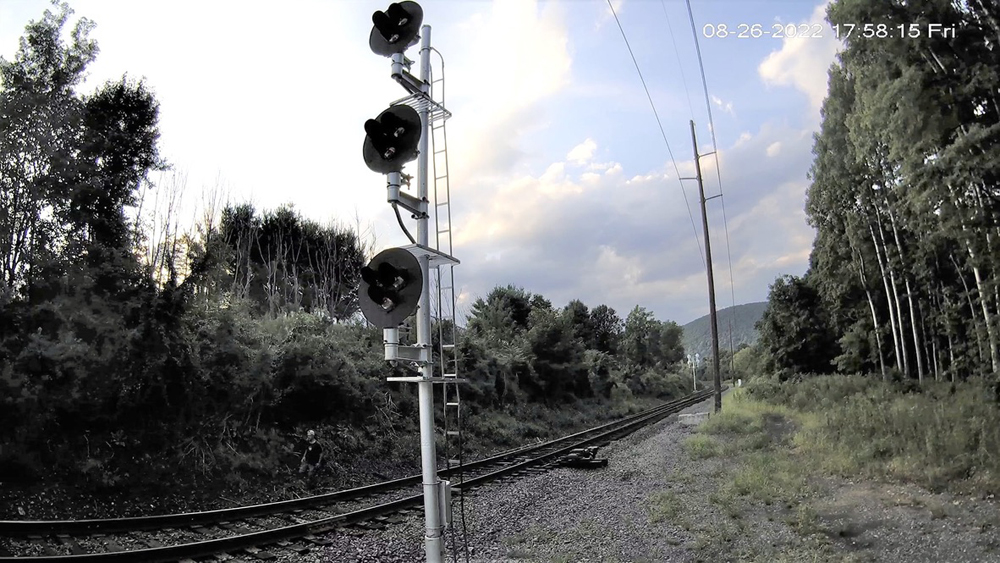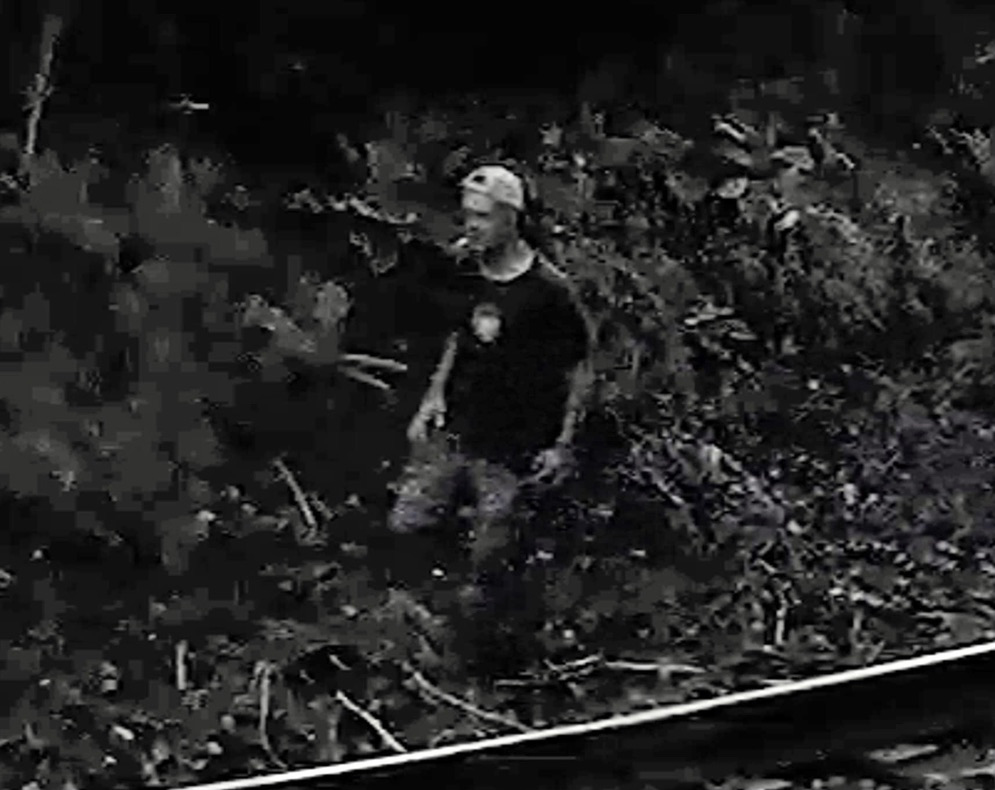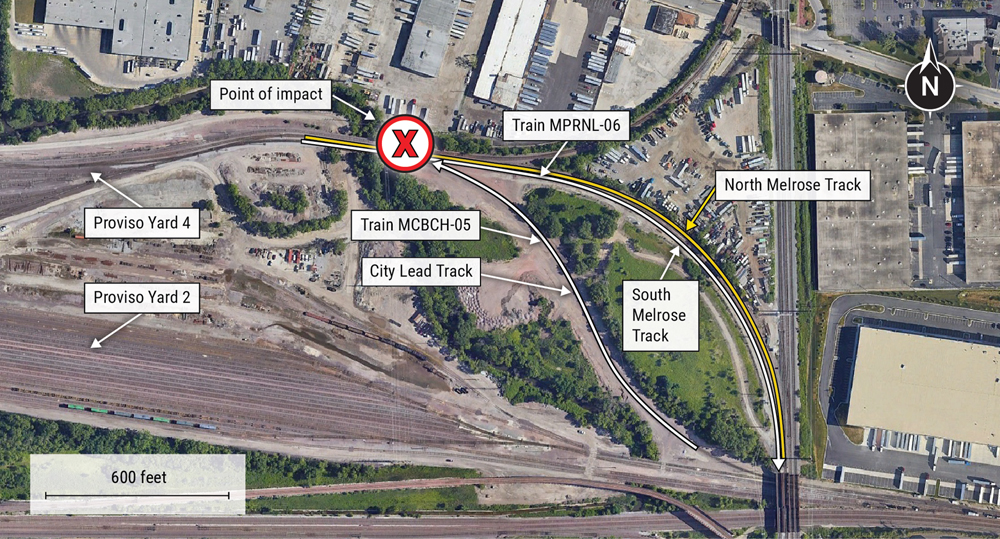
TILDEN TOWNSHIP, Pa. — A man on his way to work at a fast-food restaurant has been charged with risking a catastrophe after allegedly tampering with a Reading & Northern railroad crossing signal, the Reading Eagle reports in a paywalled article.

The article was also posted on the Tilden Township police Facebook page.
Ryan M. Boria, 34, was arrested Thursday at his home in Tilden Township by township and Reading & Northern police. A search warrant, obtained after Boria was identified as the suspect, found materials related to making a shunt that could short-circuit the crossing signal, creating the possibility of a collision between vehicles and freight trains. The crossing was also on the route of Reading & Northern passenger excursions.
Boria was reportedly identified as the suspect from security-camera footage posted on the Tilden Township Police and Reading & Northern Police Facebook pages, which showed the suspect wearing a work uniform from the Wendy’s fast-food chain. Several co-workers said they instantly recognized Boria.
Boria is being held in Berks County Prison in lieu of $50,000 bail. He faces felony counts of risking a catastrophe and criminal mischief, along with misdemeanor counts of reckless endangerment; disrupting, delaying, or preventing operation of a train; and disorderly conduct.














My first thought on reading this article was “Why would anyone do this?”.
Signal maintainers use various shunts in the control box to do testing. Probably the perp found one which had been dropped and reasoned how it worked.
Shunt should cause crossing gates/signals to be activated which would not cause collisions unless frivers go around gates. ????
This is a signal shunt, not a rail shunt…in this case I believe he set up to be inactive. I could ask my signal expert, but I believe what he did could easily be accomplished.
A shunt placed on the track will activate the crossing gates initially, but once the system detects the shunt is not moving (like a train would), the gates will eventually go back up. The problem then becomes that the system cannot “look” past that shunt for an approaching train. If the shunt is placed close enough to a crossing, the lights/gates would not activate in time for an approaching train, resulting in the possibility of a collision with a vehicle.
You’re correct. Whenever I had to work inside a crossing circuit, I would place pieces of cardboard or even rag-on-a-roll (pretty much heavy-duty paper towels) under the hi-rail wheels of my truck crane to shunt the crossing to keep the gates up and not stop traffic.
Clifford/Steven: I follow you on “ shunt too close to the crossing (i.e. within electronics of activation circuit). I am no signal man but am wondering about the second statement.
If a shunt simulates a train, how would it be that this same shunt would “not look past an oncoming train”?
Would this be the situation: IF the shunt was installed AT THE time said oncoming train had already passed Red indication as called for by an occupied track/signal system? ndmrw0906221205
Clifford/Steven: I follow you on “ shunt too close to the crossing (i.e. within electronics of activation circuit). I am no signal man but am wondering about the second statement.
If a shunt simulates a train, how would it be that this same shunt would “not look past an oncoming train”?
Would this be the situation: IF the shunt was installed AT THE time said oncoming train had already passed Red indication as called for by an occupied track/signal system? endmrw0906221205